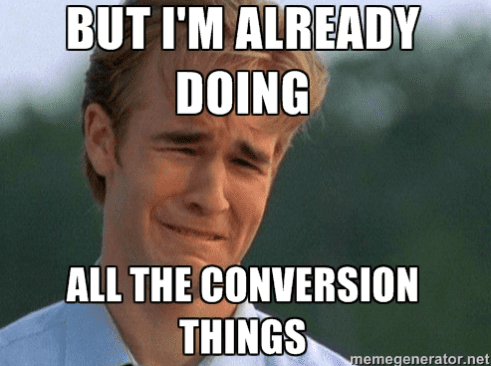Understanding Subscription-Based Marketing Models
Subscription-Based Marketing Models refer to strategies businesses use to acquire and retain customers who commit to paying on a recurring basis—whether monthly, quarterly, or annually. Unlike one-time transactions, these models prioritize long-term customer relationships, emphasizing continuous value delivery and customer satisfaction over time.
Example in a Sentence:
By shifting to a subscription-based marketing model, the SaaS company doubled its customer lifetime value while improving retention rates.

Why Subscription-Based Marketing Models Matter
Subscription models have revolutionized how businesses grow and operate. Here’s why they matter:
- Predictable Revenue: Subscription businesses benefit from recurring revenue streams, improving financial forecasting and stability.
- Higher Customer Lifetime Value: Over time, the value derived from each customer increases as they continue renewing their subscriptions.
- Stronger Relationships: Frequent customer interactions allow for personalized marketing, upsells, and ongoing loyalty programs.
- Reduced Acquisition Pressure: With a steady income base, businesses can focus less on constantly chasing new customers and more on nurturing existing ones.
Consequently, adopting a subscription-based approach often leads to more sustainable, scalable, and profitable growth.
Best Practices
1. Focus on Continuous Value Delivery
First and foremost, ensure that customers consistently perceive value from your product or service. Subscriptions are only renewed when users feel they’re getting ongoing benefits.
2. Make Onboarding Smooth and Effective
Moreover, streamline the sign-up and activation process to quickly show new subscribers the value of staying.
3. Implement Tiered Pricing
In addition, offer multiple subscription levels to accommodate different customer needs and budgets, making upgrades an attractive option.
4. Prioritize Customer Success
Therefore, proactively support your users through education, training, and responsive customer service to boost retention.
5. Use Data for Personalization
Analyze user behavior to create tailored experiences, upsell opportunities, and targeted communications that increase engagement.
6. Monitor Churn Closely
Finally, track and address churn reasons through surveys, exit interviews, and incentive programs aimed at winning back lost customers.
More Definitions
(From the Sales & Marketing Jargon Encyclopedia)
- Subscription Marketing – A strategy focused on acquiring, retaining, and growing a customer base through a subscription-based business model.
- SaaS (Software as a Service) – A cloud-based software delivery model where applications are hosted by a service provider and made available to customers over the internet, typically on a subscription basis. Sales Funnel Professor
- Show Stopper – A critical issue that kills the sale.
- decision makers.
- Yield management – Changing prices based on demand to make more money without raising costs.
Useful Posts
(From the Sales Funnel Professor Blog)
- 👉 How To Create A Powerful Digital Marketing Sales Funnel
Learn how to build a digital marketing sales funnel with key strategies, tools, and techniques to drive conversions and ROI. - 👉 Top-of-Funnel In Focus: Account-Based Marketing (ABM)
Explore how account-based marketing strategies can be integrated into subscription-based models to target specific customer segments effectively. - 👉 Go High Level vs HubSpot: Our Take
Compare CRM platforms that support subscription business models and improve customer retention.













